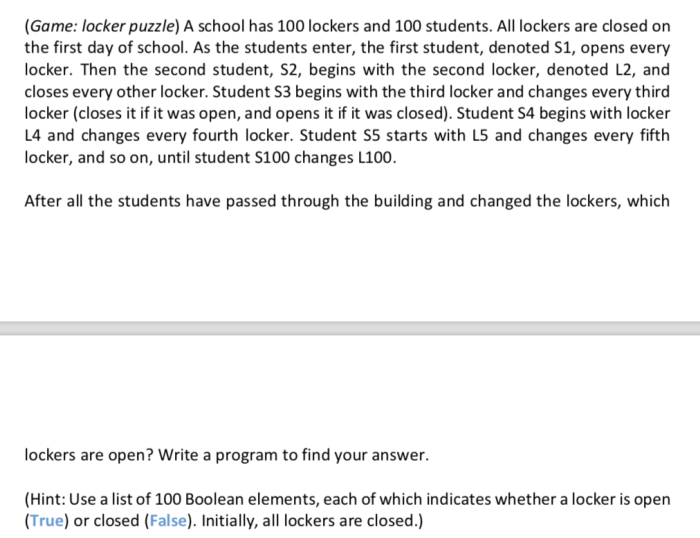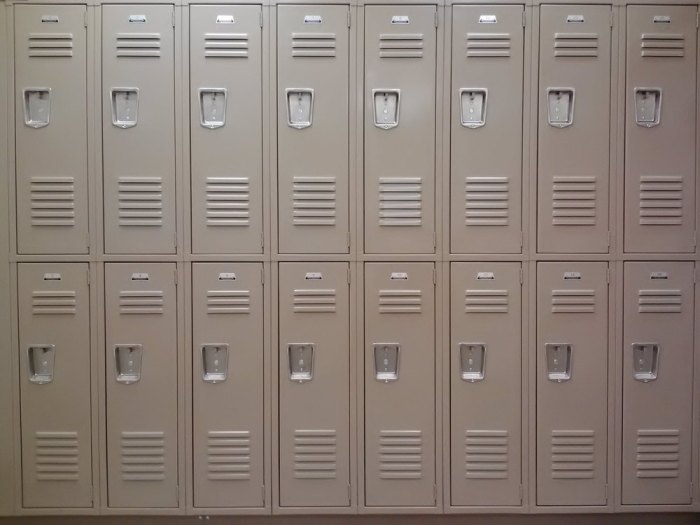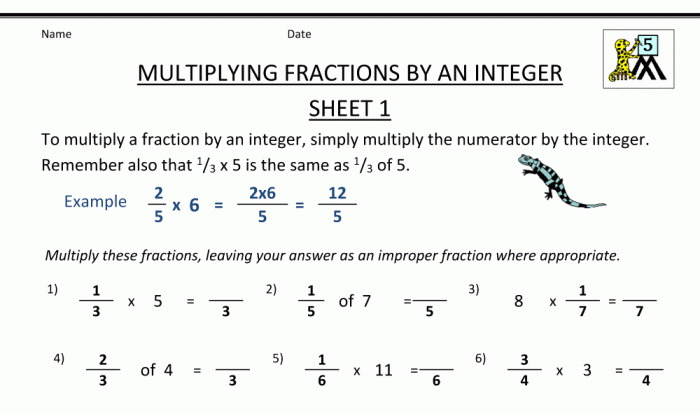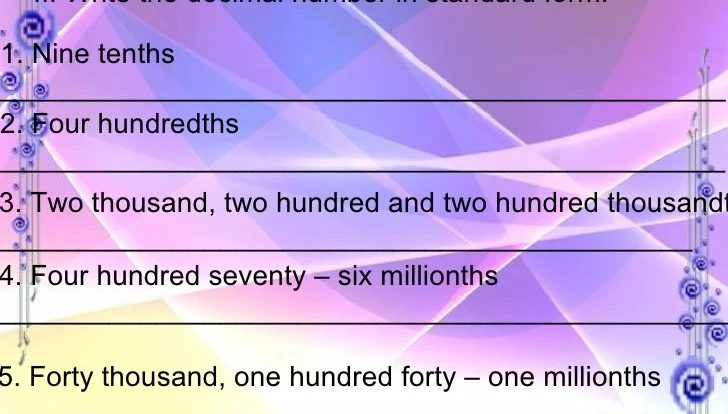Embark on an intellectual journey as we delve into the captivating realm of the Locker Problem 100 Lockers Answer, a mathematical enigma that has intrigued minds for generations. This problem presents a fascinating paradox, challenging our logical reasoning and revealing the intricate workings of mathematical principles.
Prepare to unravel the secrets of this enigmatic puzzle as we guide you through its intricacies, exploring its variations, real-world applications, and captivating extensions. Brace yourself for a thought-provoking exploration that will leave you questioning your assumptions and marveling at the power of mathematical thinking.
The Locker Problem

The locker problem is a classic mathematical puzzle that involves a series of lockers and a sequence of students. The problem poses the question of how many lockers are open after a certain number of passes through the lockers, with each pass following a specific pattern.
The initial conditions of the problem are as follows:
- There are 100 lockers in a hallway, each initially closed.
- 100 students walk down the hallway in a single file.
- Each student toggles the state of every locker that they pass (i.e., if a locker is closed, they open it; if a locker is open, they close it).
Solving the Locker Problem
To solve the locker problem, we can follow these steps:
- First pass:Every student toggles the state of every locker, so all lockers are now open.
- Second pass:Every second student toggles the state of every second locker, so lockers 2, 4, 6, …, 100 are now closed.
- Third pass:Every third student toggles the state of every third locker, so lockers 3, 6, 9, …, 99 are now open.
- Fourth pass:Every fourth student toggles the state of every fourth locker, so lockers 4, 8, 12, …, 100 are now closed.
- …
- Nth pass:Every nth student toggles the state of every nth locker.
We can observe a pattern here. After the nth pass, all lockers that are multiples of n will be closed, while all other lockers will be open.
Variations of the Locker Problem
There are several variations of the locker problem, including:
- The circular locker problem:The lockers are arranged in a circle, and the students walk around the circle in a single file.
- The random locker problem:The students toggle the state of lockers randomly.
- The non-uniform locker problem:The lockers have different initial states (i.e., some lockers are initially open and some are initially closed).
The solution to the original locker problem can be applied to these variations with some modifications.
Real-World Applications, The locker problem 100 lockers answer
The locker problem has applications in various real-world scenarios, such as:
- Scheduling:The problem can be used to determine the optimal schedule for a series of events, such as classes or appointments.
- Resource allocation:The problem can be used to allocate resources fairly among a group of people, such as rooms or equipment.
- Error correction:The problem can be used to detect and correct errors in data transmission.
| Scenario | Solution |
|---|---|
| Scheduling classes | Use the locker problem to determine the optimal schedule for a series of classes, ensuring that no two classes conflict. |
| Allocating rooms | Use the locker problem to allocate rooms fairly among a group of people, ensuring that everyone has a room. |
| Error correction | Use the locker problem to detect and correct errors in data transmission, ensuring that the data is transmitted accurately. |
Extensions and Generalizations
The locker problem can be extended to more complex scenarios, such as:
- The multiple locker problem:There are multiple sets of lockers, and each student toggles the state of lockers in only one set.
- The infinite locker problem:There are an infinite number of lockers, and the students walk through the lockers infinitely.
Generalizations of the locker problem include:
- The binomial theorem:The locker problem can be generalized to the binomial theorem, which is a formula for expanding the product of two binomials.
- The principle of inclusion-exclusion:The locker problem can be generalized to the principle of inclusion-exclusion, which is a formula for counting the number of elements in a union of sets.
These extensions and generalizations have implications in various fields of mathematics, including combinatorics, probability, and number theory.
Commonly Asked Questions: The Locker Problem 100 Lockers Answer
What is the basic concept of the Locker Problem?
The Locker Problem involves a row of 100 lockers, each initially closed. A group of 100 students walk past the lockers, with each student opening or closing every k-th locker, where k is their student number.
How do you solve the Locker Problem?
To solve the Locker Problem, we can use a step-by-step approach. The lockers that remain open after all students have passed are those whose student numbers are perfect squares.
What are some real-world applications of the Locker Problem?
The Locker Problem finds applications in areas such as computer science, physics, and biology. It can be used to model phenomena like population growth, wave propagation, and disease spread.




